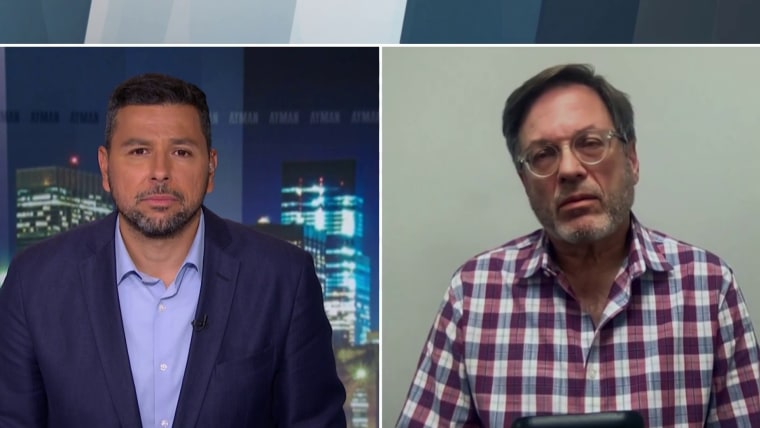Donald Trump said that Gaza “could be one of the best places in the world” — better even, he said, “than Monaco” and lamented that people “never took advantage of it.”
In an interview with conservative talk show host Hugh Hewitt on Monday, Trump said: “It could be better than Monaco. It has the best location in the Middle East, the best water, the best everything,” referring to the Palestinian territory, which has been bombarded relentlessly by the Israeli military for the past 12 months, creating a catastrophic humanitarian crisis.
“They never took advantage of it. You know, as a developer, it could be the most beautiful place — the weather, the water, the whole thing, the climate,” he said.
Trump, who has repeatedly criticized Jewish Democrats and denigrated Palestinians while claiming to be Israel’s staunchest ally, said that Gaza was “a rough place ... before all of the attacks and before the back-and-forth of what’s happened over the last couple of years.” The Republican presidential nominee also claimed that he had visited Gaza, despite there being no record of him doing so, as president or otherwise.
Afterward, a Trump campaign official given anonymity by The New York Times said that Trump has been to Israel, stating incorrectly that “Gaza is in Israel.”
Trump’s estimation of the real estate potential of the Gaza Strip echoes that of his son-in-law, Jared Kushner, who said in an interview with the faculty chair of Harvard’s Middle East Initiative in February that “Gaza’s waterfront property could be very valuable.” Kushner also suggested that, if he were in charge, he would “try to move people” from Rafah, in the south of Gaza, into the Negev desert, “so you can go in and finish the job” of eliminating Hamas.
Trump’s comments speak to how he might approach the fraught and widening tensions in the Middle East if he wins the election. They are also deeply disconnected from the realities of life in Gaza under Israel’s extensive blockade and what human rights experts have called the illegal Israeli occupation of the West Bank. After Hamas assumed governance of Gaza in 2007, Israel removed its military presence and swiftly imposed an air, sea and land blockade. Israel has largely controlled who enters and leaves the Strip; severely limited the import and export of food, medical supplies, infrastructure materials and commercial goods; violently restricted access along the coast of Gaza; and cut off access to farmland. Before the current war, two-thirds of the population in Gaza was supported by food assistance.
Multiple conflicts between Hamas and Israel over the years have exacerbated those issues. Israel’s current war in Gaza, launched after Hamas’ attack killed 1,200 people in October 2023, has displaced more than 90% of the population in the Strip, according to the United Nations. Gaza health officials say at least 41,000 people have been killed.

